Amsterdam Houses
Architects: Grosvenor Atterbury, Harvey Wiley Corbett and and Arthur C. Holden. Landscape design by Gilmore D. Clarke and Michael Rapuano
The "centerpiece" of what was San Juan Hill is Amsterdam Houses, a 13-building complex with 1,080 apartments that replaced the "blighted" tenaments that occupied the four blocks between 61st/64th streets and Amsterdam/West End Avenue.
Design work and the acquisition of land for the complex began in 1941 although construction was delayed by World War II. Around 1,400 people (80% African-American) were displaced by the construction that demolished around 100 residential buildings (most of them "Old-Law" tenaments). Most of the displaced residents were offered "rehabilitated" apartments in Harlem owned by the Housing Authority. The plan was to return the residents to Amsterdam Houses following completion, but with the housing crunch that followed WW II and legal requirements that priority be given to returning veterans, few of the original San Juan Hill residents were able to come back to their neighborhood after the complex was completed on December 17, 1948.
Seminal jazz pianist James P. Johnson was a resident of San Juan Hill and frequently worked in a club called Jungles Casino (which, despite the name, Johnson described as "a cellar without fixings") that was located on West 62nd Street, where Amsterdam Houses now stand.
A pair of John Jay students put together a nice series of web pages with documentation of the legal drama surrounding the construction of the complex.
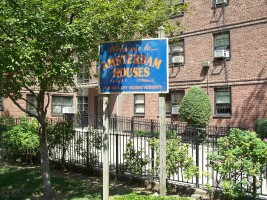
Amsterdam Houses
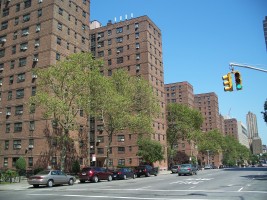
Amsterdam Houses - along Amsterdam Avenue
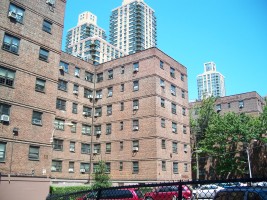
Amsterdam Houses - from West 61st Street near WEA
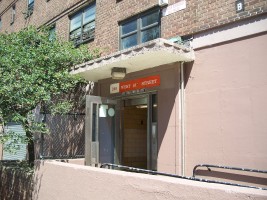
249 West 61st Street - Amsterdam Houses
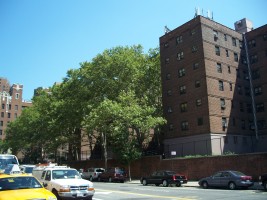
The West End Avenue wall of Amsterdam Houses

The West End Avenue wall of Amsterdam Houses
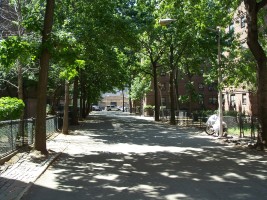
Pedestrian passageway between 61st and 63rd Streets
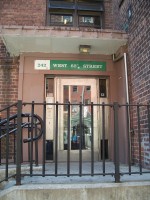
242 West 63rd Street
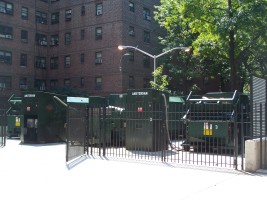
Garbage compactors
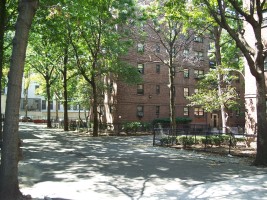
Tree-lined walk
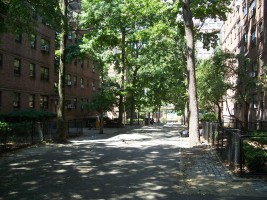
Tree-lined walk
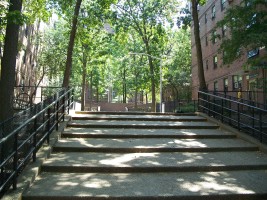
Stairway
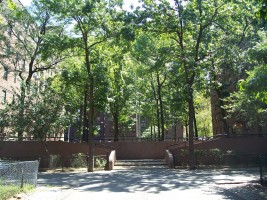
Stairway
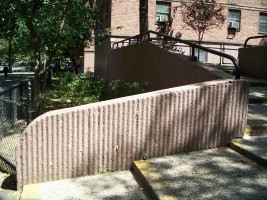
Riged wall (1970's renovation?)
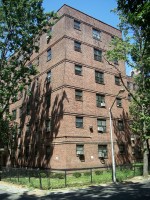
Amsterdam Houses
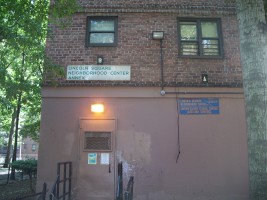
Lincoln Square Neighborhood Center Annex
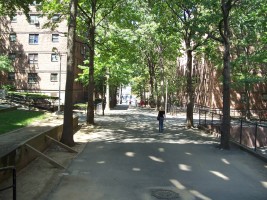
Walkway downhill from Lincoln Center
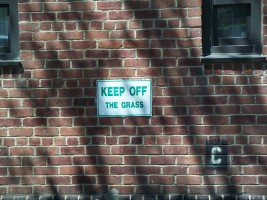
Keep off the grass
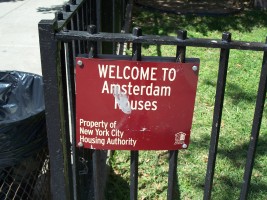
Welcome to Amsterdam Houses
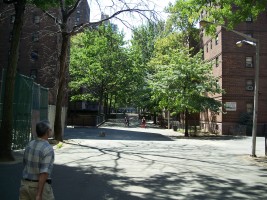
Pedestrian walkway south from 64th Street
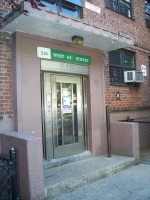
216 West 64th Street
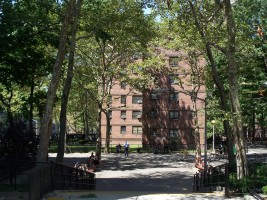
Former site of Jungles Casino on West 62nd Street
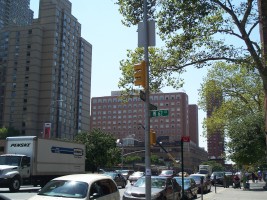
West 62nd Street at Amsterdam